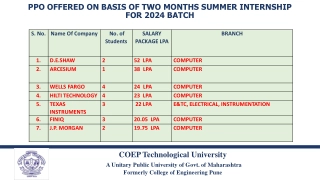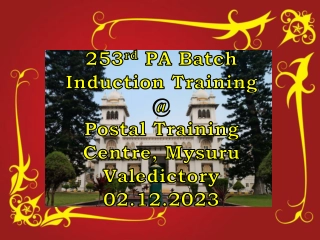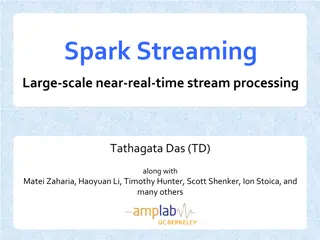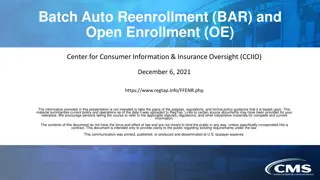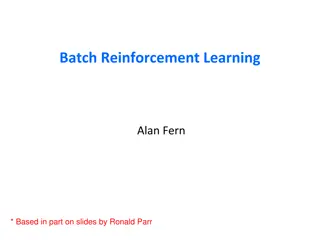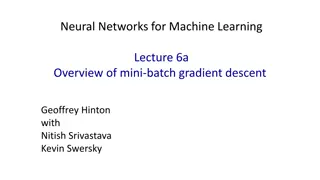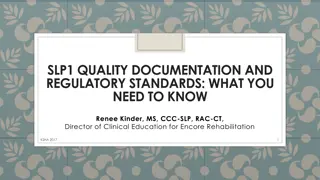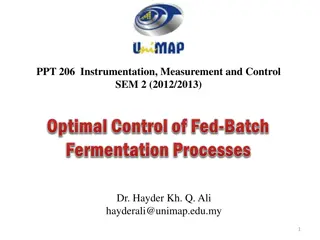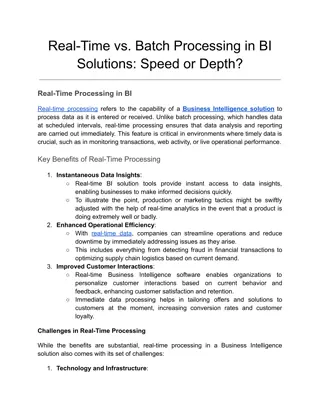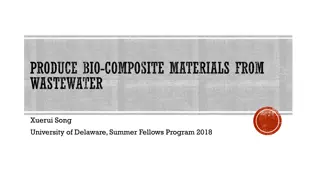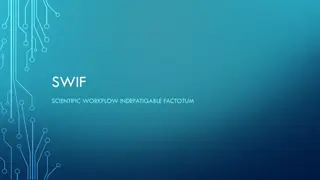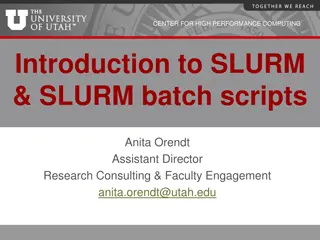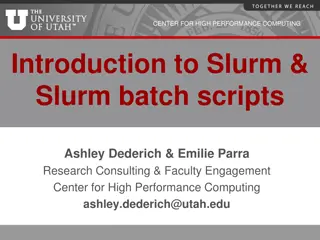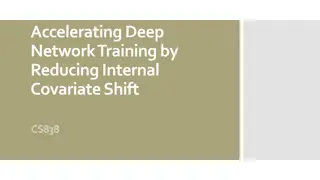
Exploring the Differences Between Management and Leadership in Educational Leadership Program
"Delve into the distinctions between management and leadership in an educational leadership program focused on fostering a learning community. Learn from expert hosts, engage in meaningful conversations, and develop core competencies for effective organizational direction-setting, strategic planning, and stakeholder engagement."
Download Presentation

Please find below an Image/Link to download the presentation.
The content on the website is provided AS IS for your information and personal use only. It may not be sold, licensed, or shared on other websites without obtaining consent from the author. If you encounter any issues during the download, it is possible that the publisher has removed the file from their server.
You are allowed to download the files provided on this website for personal or commercial use, subject to the condition that they are used lawfully. All files are the property of their respective owners.
The content on the website is provided AS IS for your information and personal use only. It may not be sold, licensed, or shared on other websites without obtaining consent from the author.
E N D
Presentation Transcript
Becoming a Learning Community Module 1 School Division Superintendents Leadership Program July 20-24, 2015
Welcome Module Host: Dr. Juan A. Kanapi, Jr.
Future By Design Pilipinas, Inc. Dedicated to bringing together multiple stakeholders in meaningful conversations in the hope that, with more and more meaningful conversations, positive change can happen in the country CORE COMPETENCIES Organizational direction-setting Program planning, development, management and evaluation Multisectoral engagement and relationship building Leadership development Individual and Group Coaching LEADERSHIP * INNOVATION * STRATEGIC PLANNING * STAKEHOLDER ENGAGEMENT
Our Work Hosting Conversations that Matter
Circle as Womb for Emergence Caller Powerful Question Harvester Guardian Diversity Host
Management or Leadership?
How do you differentiate between Management & Leadership?
Think of someone whom you consider to be a good Manager Leader
Management vs. Leadership Class Mental Models Management Leadership Organization direction Achieves target Controls and allocates resources Transactional Delegation Cares for people in the organization Work people Compels people to produce results Recognizes strengths and capacitates Command people based on organization s principles Subordinates are happy working with the leader Inspires, guides, influences and serves Charisma; motivates others to work together Initiative to make things happen Control and monitors people Empowers and action Listen and observe * Black fonts are more leadership * Black fonts are the real leadership behaviors
Management and Leadership AREA MANAGEMENT LEADERSHIP Creating an agenda Planning and Budgeting Establishing Direction Developing a human network for achieving the agenda Organizing and Staffing Aligning People Execution Controlling and Problem-solving Motivating and Inspiring Change Outcomes Predictability
Change, Complexity, and Leadership Considerable leadership but not much management required Considerable leadership and management required High Most organizations today Amount of change needed in the operation Start up businesses Little management or leadership required Considerable management but little leadership required Most organizations until this century Many successful corporations in the 50 s and 60 s Low High Low The complexity of change
Overarching Intention School District Superintendents as transformational leaders, effectively collaborating and learning with others, within and beyond the organization of the Department of Education (DepEd), towards improving education indicators in the Philippines.
Calling Question How can we support each other, towards becoming transformational leaders, developing through an effective learning community, during and beyond this program?
Appreciative Inquiry Mental Models Systems Thinking Multi- Stakeholder Engagement New Social Complex Personal Mastery Shared Vision Arrangements Issues Creative Strategies Team Learning Sensing Creating Presencing Effective Interpersonal Skills
The Experiential Learning Cycle Theory EXPERIENCE APPLICATION PROCESSING NEW INSIGHT Theory
Learning Structures Art materials on the table Journal What? (I feel / significant experience) Why? (I think / insight & why important) How? (I see / application in the field) Slides used to be sent by email at the end of the day Plenary Signals Left arm raise Music: 5 minutes to resume Singing bowl: beginning & end of exercise / class
End of Module Paper Whatcontent or process struck me as significant? (I feel ) Whyis this important in my work as SDS? (I think ) Howwill I apply this concretely in the field? (I see )
asking where they are from that we can unravel the logic behind who succeeds & who does not Malcolm Gladwell Author, Outliers: The Story of Success
Lemniscate Journey 3. ENLIGHTENMENT 1. CRISIS Highest Future Self Imperfect Reality D2D SELF 4. RETURN 2. TRIAL Reference: Perlas, Nicky. 2011. Mission Possible: Sow Courage, Harvest a New World.
Workshop on Leadership Capital
friend requires a minimum investment of time. More than that, though, it takes emotional energy. Malcolm Gladwell Author: The Tipping Point: How Little Things Can Make A Big Difference
David Kantors Four Player System MOVE Propose direction Initiate action Bring new idea FOLLOW Appreciate Add Expand BYSTAND Label / name events Reflect / mirror OPPOSE Differing views Surface differences Devil s advocate SOURCE: Scharmer, Otto. 2010. Presencing Institute Action Lab, Masters Class. Boston, Massachusetts.
Leadership Style What are the BEHAVIOR PATTERNS of your leadership style? What is the EFFECT ON OTHERS when you apply the behavior patterns of your leadership style? What is the PERSONAL PRICE that you pay for staying in your natural leadership style too long?
Experimenting with a Leadership Style Consider your original leadership style What do you EXPECT TO GAIN by trying out your chosen alternative leadership style?

